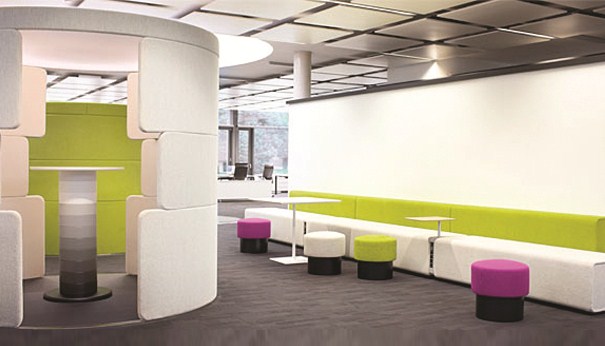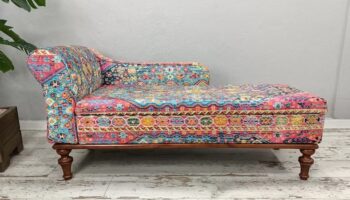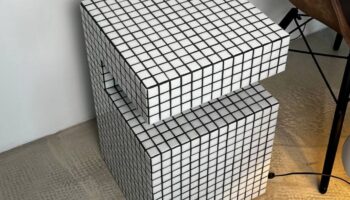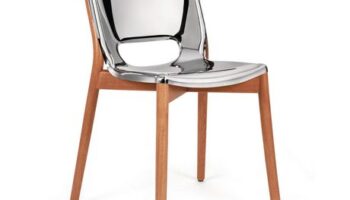Tom Lloyd’s PARCS Modular System Gives the Office a Little Breathing Room
Tom Lloyd of Pearson Lloyd appeals to proverbial couch potatoes everywhere when he makes his case for PARCS, his new collection of modular office furniture: “Most managers think that if you are away from your desk, you’re not working. It needs progressiveness to recognize that someone who sits on a sofa can still be creating value for the company.” The comment acknowledges what office workers from Tallahassee to Timbuktu have known for a couple of decades now, that the surrounding space matters.
PARCS. Designed by Tom Lloyd of Pearson Lloyd.
Just ask anyone who—in the style of Office Space, that brilliant homage to disgruntled software designers—has been confined to the three body-numbing walls of a mind-numbing cubicle for a soul-numbing number of years. Thankfully, work by contract designers like DIRTT and Arconas is helping to banish bad design and the “worker bee” ethos by helping create open and flexible office environments. PARCS, an auspicious collaboration between Pearson Lloyd and Austria’s Bene—throws in a couple of cents of its own.




The collection aspires to none other than a wholesale re-invention of the workspace. Comprised of four principal components, respectively dubbed “Causeway,” “Wing,” and “Library,” and “Idea Wall,” PARCS establishes a vibrant aesthetic while imparting tremendous flexibility, both required aspects for the millennial worker. But back to Tom Lloyd’s appraisal of the “couched” employee. By helping to create open, collaborative spaces, the modular system better approximates how most people actually live; that is, we move around, inhabiting different spaces depending on our actions. Or, as Bene puts it, “a new generation of worker is no longer confined to their desk, but instead uses laptop and mobile phone as, when and where it is convenient, comfortable, and conducive for concentrating or communicating.”
Each of the PARCS components encourages this kind of exchange. Causeway—a variety of upholstered benches and fences—creates an exterior frame; Wing—a collection of high-backed armchairs, sofas, and booths—comprises an interior grid; and Idea Wall and Library contribute the functional details (audio-visual equipment, information technology presentation facilities, and storage for periodicals and books). This expansive collection of individual components is synthesized in individual arrangements, creating what Bene likens to “architectural furniture,” an adaptable, intelligent, and attractive solution for the new knowledge worker: “a directional furniture programme that anticipates the way the work-place is changing. PARCS provides clients with a comprehensive offer to address every aspect of effective, efficient, and economic office design.”
via Dezeen




Leave a Reply